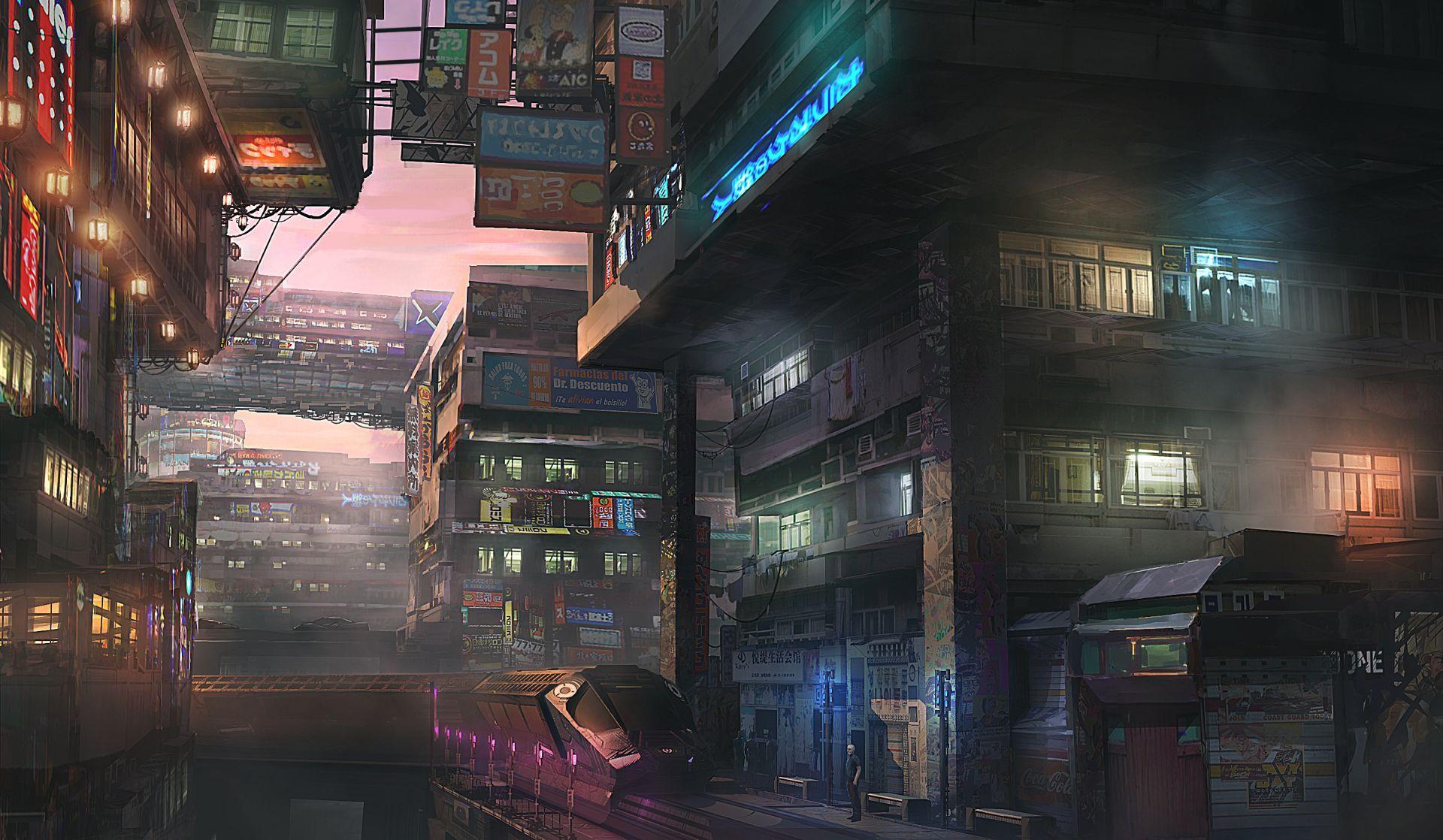Roxbury
Historical Overview
Once a center of revolution and industry, Roxbury became the heart of Boston’s African American community during the Great Migration. By the mid-20th century, it was a hub of Black culture, civil rights activism, and local entrepreneurship, home to jazz clubs, theaters, and grassroots movements fighting for social justice. Economic hardship in the 1970s-1990s led to cycles of disinvestment and over-policing, but the community never lost its identity.
Neo-Boston Version
Now a fractured district, Roxbury remains a center of Black culture, music, and resistance, but its landscape has changed. The Velvet District, once a haven for artists and musicians, is now a battleground of corporate redevelopment, local activism, and gang control. While major record labels and entertainment conglomerates mine the area for talent, grassroots movements fight to protect Roxbury’s heritage and independence. Meanwhile, the district’s local gangs are divided, each vying for dominance in the wake of corporate intrusion and police corruption.
Behind the Mist
Roxbury has always been a place where stories and legends hold power, and in Neo-Boston, that power is very real. Old spirits and forgotten myths still walk these streets, woven into the rhythms of music and the echoes of spoken word. Some say the Velvet District’s most legendary performers never truly left, their voices lingering in the air long after their final show. Others claim the Fracture is more than just a war zone—it’s a place where fate itself can be rewritten, where the right song, the right words, or the right fight can change the course of destiny.



Comments